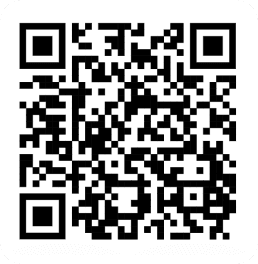


By
Paul Veugen
on
November 23, 2023
In the world of video podcasting, the quest for high-quality gear that doesn't drain your wallet can be challenging. As we step into 2024, the game has changed, with your iPhone becoming a power tool to record and edit top-notch video podcasts and interviews. In this guide, we share how you turn your iPhone into a pro video podcast studio to record great audio and video and create stellar episodes and short form content, without a crazy expensive or complicated setup.
The goal is to create a setup that looks and sounds great, and can compete in audio quality with podcasts in the top charts – without spending thousands of dollars. We focus on gear that will last, is portable and flexible, and where possible came up with options that are future proof or versatile if you plan to upgrade later.
All gear in this list we’ve tested and recommend, because we believe this will give you best value for money. There’s no affiliate links or other gains for us, except for helping you on your way in 2024 with your video podcast.
Top pick: pro audio and video for $140
2 Guests
2 iPhones or iPads
2 Audio Technica ATR2100x-USB with USB-C connection
(2 Apple Lightning to USB Camera Adapters)

Our top pick for a two-guest podcast setup features the Audio-Technica ATR2100x-USB microphones, priced at $70 each. These microphones offer a great combination of quality, convenience, versatility and price. With both USB-C and XLR outputs, they deliver excellent sound quality, effectively minimizing background noise while capturing clear and crisp audio.
In our own blind tests comparing these microphones against the iconic SM7b, we found it challenging to declare a clear winner. The Audio Technica ATR2100x provides exceptional audio quality, reducing background noise effectively, making it a formidable contender in the podcasting world.
The cardioid pattern of the ATR2100x ensures focused audio capture, ideal for typical podcast setups. These mics combine the simplicity of a USB connection with the option to upgrade to XLR connections for more advanced setups, including audio recorders or mixers like the Zoom ZoomTrak P4, RodeCaster Pro II, or FocusRite interfaces. The result is superior audio quality, portability, and a future proof setup.
Connecting these microphones to an iPhone is straightforward. For iPhones with a USB-C port, the connection is direct. Those with a Lightning port will need a Lightning to USB 3 Camera Adapter ($39), which also allows for simultaneous charging.
The ATR2100x can be used handheld for a relaxed style or mounted on the included table stand. The included table stands are convenient, but a simple microphone stand or arm can be a valuable upgrade to reduce noise resonating through the table stands.
Pairing two ATR2100x microphones with two iPhones or iPads, and using the Detail app on iOS, you create a highly portable video podcast setup. This combination provides high-quality synchronized audio and video recording, with the flexibility to adjust microphone volumes post-recording.
For podcasts with more than two guests, this setup can easily be expanded with additional microphones and an audio interface. See our recommendation for the 3 or 4 person setup below.
This scalability, along with the blend of USB and XLR outputs, makes the ATR2100x a future-proof and budget-friendly choice for podcasters.
Getting started for 30-60 USD
2 to 4 Guests
1 or 2 iPhones or iPads
1 or 2 wireless microphone sets

The Boya Wireless lavalier microphones (lightning) are 40 USD. They come in a set with 1 receiver that you connect to your iPhone (lightning) and two wireless microphones that you can clip on. The audio quality of these microphones is good enough for short form content and record your first podcast episodes. These make for an affordable and portable set to get started with podcasting and record your first interviews or podcasts.
There’s dozens of generic brand wireless microphones available on Amazon and other electronic stores. We picked the Boya set as our recommendation because we tested these and think they offer good quality for their price. An alternative is for example the Ulanzi J12, which comes with a lightning or USB-c connection. A quick search on Amazon will give you dozens of options to pick from.
Cheaper wireless microphone sets like the Boya or Ulanzi J12 combine the signal of the 2 different microphones into one mono audio channel. If one of the two microphones would record with a lower volume because one of the guests speaks at a lower volume or the microphone is less close to their mouth, it will hard to adjust volume after recording.
If you record a podcast with 2 guests, we recommend to use two sets with 1 microphone over 1 set with 2 microphones. By connecting a microphone to both of the iPhones and record with Detail for iOS, you’ll record separate audio channels for both speakers. After recording, you will get a separate audio channel for each iPhone and you can adjust volume after recording.
If you’d purchase 2 sets with each 2 microphones and record with Detail, you can record great audio for up to 2 guests. And with 2 sets, you can also connect 1 microphone to each of the iPhones if you record with 2 people.
Recording with 3 or 4 people for 360 USD
2 iPhones or iPads
ZoomTrak P4 (150 USD)
3 Audio Technica ATR2100x-USB (70 USD each)

When you add a third microphone, things get a bit more complicated. This setup is super flexible, has pro audio, but keeps cost reasonable. PodTrak is one of the most affordable, flexible audio interfaces and super portable. It is an audio recorder and audio interface. You can connect up to 4 XLR microphones to the interface and connect the PodTrak with USB to your iPhone.
If you have an iPhone 15 or iPad with USB-C port, you can connect the PodTrak directly to your iPhone. If you use an iPhone with lightning port, you need to use a the Apple Lightning to USB Camera adapter to connect the PodTrak over USB. The benefit about using the adapter, is that you can also charge your iPhone while the PodTrak is connected.
The PodTrak lets you connect 1 to 4 XLR microphones. And the benefit of using the PodTrak is that you can also record on the device. This means you can record on the PodTrak and your iPhone, so you’ll always have an extra backup of your audio if you also do an audio-only podcast.
You can control volume, record in the PodTrak (backup) and connect to the iPhone. Easy to monitor audio with a headphone.
Hundreds of great mics to pick from. We picked the XLR/USB mic as our first pick, because they can be very useful if you won’t want to use the ZoomTrak. The USB also is a great backup option. Portable option.
High-quality and portable for $250
2 Guests
2 iPhones or iPads
DJI Mic wireless set

For a top-tier, flexible, and portable audio solution, the DJI Mic wireless set ($250) is our recommendation. This set stands out for its exceptional audio quality and ease of use. The DJI Mic set includes two transmitters and a dual-channel receiver, which can be effortlessly connected to your iPhone or iPad. The transmitters are compact and come with built-in microphones and clip-on options, making them ideal for on-the-go recordings.
The audio quality of the DJI Mic is remarkable, with clear sound capture and effective background noise reduction. The set is also equipped with a charging case, ensuring that your gear is always ready for the next recording session. Its plug-and-play functionality with iPhones and Macs makes it a favorite among podcasters who value quality and convenience.
Start your podcast studio for 500 USD
2 iPhones or iPads
2 Shure MV7 USB/XLR microphones
Priced at $250 each, the Shure MV7 USB Microphones are a stellar choice for podcasters seeking professional-grade sound quality. The MV7 draws inspiration from the iconic Shure SM7B, renowned in the audio world for its rich, clear, and well-defined sound profile. The MV7 brings this legendary audio quality into a more accessible range, without compromising on the acoustic performance that has made its predecessor a favorite among podcasters and audio professionals.
One of the key advantages of the MV7 is its dual USB/XLR output, allowing flexibility in connection and use. The USB output means you can start recording straight away with your iPhone or iPad, without needing additional equipment like a cloud lifter. This feature makes it exceptionally user-friendly for those new to podcasting, while the XLR output provides the option to upgrade to more advanced audio setups, such as connecting to a mixer.
The MV7's voice-isolating technology ensures that your recordings are crisp and free from background noise, making it an excellent choice for studio environments. While it's less portable compared to some other microphones, its all-metal construction and built-in headphone output for real-time monitoring are perfect for a fixed podcasting setup. Whether you're a budding podcaster or a seasoned professional, the Shure MV7 offers a blend of iconic sound quality, ease of use, and versatility.
Phone mounts
Don't overlook the importance of stable phone mounts. The ATUMTEK selfie stick with tripod ($25) and the SmallRig 71" Camera Tripod ($70) are excellent choices for ensuring your recording device is secure and stable.
In conclusion, gearing up for video podcasting in 2024 is about making smart choices. With the right equipment, your podcast can compete with the best, without needing a professional studio setup. Happy podcasting!
In conclusion, producing a pro video podcast in 2024 doesn’t require massive investments. With smart investments in affordable but excellent gear you can get amazing audio and video quality that can compete with podcasts in the top of the charts. Turn your iPhone into a podcast production powerful with the right equipment and Detail for iOS. Happy podcasting!
In the world of video podcasting, the quest for high-quality gear that doesn't drain your wallet can be challenging. As we step into 2024, the game has changed, with your iPhone becoming a power tool to record and edit top-notch video podcasts and interviews. In this guide, we share how you turn your iPhone into a pro video podcast studio to record great audio and video and create stellar episodes and short form content, without a crazy expensive or complicated setup.
The goal is to create a setup that looks and sounds great, and can compete in audio quality with podcasts in the top charts – without spending thousands of dollars. We focus on gear that will last, is portable and flexible, and where possible came up with options that are future proof or versatile if you plan to upgrade later.
All gear in this list we’ve tested and recommend, because we believe this will give you best value for money. There’s no affiliate links or other gains for us, except for helping you on your way in 2024 with your video podcast.
Top pick: pro audio and video for $140
2 Guests
2 iPhones or iPads
2 Audio Technica ATR2100x-USB with USB-C connection
(2 Apple Lightning to USB Camera Adapters)

Our top pick for a two-guest podcast setup features the Audio-Technica ATR2100x-USB microphones, priced at $70 each. These microphones offer a great combination of quality, convenience, versatility and price. With both USB-C and XLR outputs, they deliver excellent sound quality, effectively minimizing background noise while capturing clear and crisp audio.
In our own blind tests comparing these microphones against the iconic SM7b, we found it challenging to declare a clear winner. The Audio Technica ATR2100x provides exceptional audio quality, reducing background noise effectively, making it a formidable contender in the podcasting world.
The cardioid pattern of the ATR2100x ensures focused audio capture, ideal for typical podcast setups. These mics combine the simplicity of a USB connection with the option to upgrade to XLR connections for more advanced setups, including audio recorders or mixers like the Zoom ZoomTrak P4, RodeCaster Pro II, or FocusRite interfaces. The result is superior audio quality, portability, and a future proof setup.
Connecting these microphones to an iPhone is straightforward. For iPhones with a USB-C port, the connection is direct. Those with a Lightning port will need a Lightning to USB 3 Camera Adapter ($39), which also allows for simultaneous charging.
The ATR2100x can be used handheld for a relaxed style or mounted on the included table stand. The included table stands are convenient, but a simple microphone stand or arm can be a valuable upgrade to reduce noise resonating through the table stands.
Pairing two ATR2100x microphones with two iPhones or iPads, and using the Detail app on iOS, you create a highly portable video podcast setup. This combination provides high-quality synchronized audio and video recording, with the flexibility to adjust microphone volumes post-recording.
For podcasts with more than two guests, this setup can easily be expanded with additional microphones and an audio interface. See our recommendation for the 3 or 4 person setup below.
This scalability, along with the blend of USB and XLR outputs, makes the ATR2100x a future-proof and budget-friendly choice for podcasters.
Getting started for 30-60 USD
2 to 4 Guests
1 or 2 iPhones or iPads
1 or 2 wireless microphone sets

The Boya Wireless lavalier microphones (lightning) are 40 USD. They come in a set with 1 receiver that you connect to your iPhone (lightning) and two wireless microphones that you can clip on. The audio quality of these microphones is good enough for short form content and record your first podcast episodes. These make for an affordable and portable set to get started with podcasting and record your first interviews or podcasts.
There’s dozens of generic brand wireless microphones available on Amazon and other electronic stores. We picked the Boya set as our recommendation because we tested these and think they offer good quality for their price. An alternative is for example the Ulanzi J12, which comes with a lightning or USB-c connection. A quick search on Amazon will give you dozens of options to pick from.
Cheaper wireless microphone sets like the Boya or Ulanzi J12 combine the signal of the 2 different microphones into one mono audio channel. If one of the two microphones would record with a lower volume because one of the guests speaks at a lower volume or the microphone is less close to their mouth, it will hard to adjust volume after recording.
If you record a podcast with 2 guests, we recommend to use two sets with 1 microphone over 1 set with 2 microphones. By connecting a microphone to both of the iPhones and record with Detail for iOS, you’ll record separate audio channels for both speakers. After recording, you will get a separate audio channel for each iPhone and you can adjust volume after recording.
If you’d purchase 2 sets with each 2 microphones and record with Detail, you can record great audio for up to 2 guests. And with 2 sets, you can also connect 1 microphone to each of the iPhones if you record with 2 people.
Recording with 3 or 4 people for 360 USD
2 iPhones or iPads
ZoomTrak P4 (150 USD)
3 Audio Technica ATR2100x-USB (70 USD each)

When you add a third microphone, things get a bit more complicated. This setup is super flexible, has pro audio, but keeps cost reasonable. PodTrak is one of the most affordable, flexible audio interfaces and super portable. It is an audio recorder and audio interface. You can connect up to 4 XLR microphones to the interface and connect the PodTrak with USB to your iPhone.
If you have an iPhone 15 or iPad with USB-C port, you can connect the PodTrak directly to your iPhone. If you use an iPhone with lightning port, you need to use a the Apple Lightning to USB Camera adapter to connect the PodTrak over USB. The benefit about using the adapter, is that you can also charge your iPhone while the PodTrak is connected.
The PodTrak lets you connect 1 to 4 XLR microphones. And the benefit of using the PodTrak is that you can also record on the device. This means you can record on the PodTrak and your iPhone, so you’ll always have an extra backup of your audio if you also do an audio-only podcast.
You can control volume, record in the PodTrak (backup) and connect to the iPhone. Easy to monitor audio with a headphone.
Hundreds of great mics to pick from. We picked the XLR/USB mic as our first pick, because they can be very useful if you won’t want to use the ZoomTrak. The USB also is a great backup option. Portable option.
High-quality and portable for $250
2 Guests
2 iPhones or iPads
DJI Mic wireless set

For a top-tier, flexible, and portable audio solution, the DJI Mic wireless set ($250) is our recommendation. This set stands out for its exceptional audio quality and ease of use. The DJI Mic set includes two transmitters and a dual-channel receiver, which can be effortlessly connected to your iPhone or iPad. The transmitters are compact and come with built-in microphones and clip-on options, making them ideal for on-the-go recordings.
The audio quality of the DJI Mic is remarkable, with clear sound capture and effective background noise reduction. The set is also equipped with a charging case, ensuring that your gear is always ready for the next recording session. Its plug-and-play functionality with iPhones and Macs makes it a favorite among podcasters who value quality and convenience.
Start your podcast studio for 500 USD
2 iPhones or iPads
2 Shure MV7 USB/XLR microphones
Priced at $250 each, the Shure MV7 USB Microphones are a stellar choice for podcasters seeking professional-grade sound quality. The MV7 draws inspiration from the iconic Shure SM7B, renowned in the audio world for its rich, clear, and well-defined sound profile. The MV7 brings this legendary audio quality into a more accessible range, without compromising on the acoustic performance that has made its predecessor a favorite among podcasters and audio professionals.
One of the key advantages of the MV7 is its dual USB/XLR output, allowing flexibility in connection and use. The USB output means you can start recording straight away with your iPhone or iPad, without needing additional equipment like a cloud lifter. This feature makes it exceptionally user-friendly for those new to podcasting, while the XLR output provides the option to upgrade to more advanced audio setups, such as connecting to a mixer.
The MV7's voice-isolating technology ensures that your recordings are crisp and free from background noise, making it an excellent choice for studio environments. While it's less portable compared to some other microphones, its all-metal construction and built-in headphone output for real-time monitoring are perfect for a fixed podcasting setup. Whether you're a budding podcaster or a seasoned professional, the Shure MV7 offers a blend of iconic sound quality, ease of use, and versatility.
Phone mounts
Don't overlook the importance of stable phone mounts. The ATUMTEK selfie stick with tripod ($25) and the SmallRig 71" Camera Tripod ($70) are excellent choices for ensuring your recording device is secure and stable.
In conclusion, gearing up for video podcasting in 2024 is about making smart choices. With the right equipment, your podcast can compete with the best, without needing a professional studio setup. Happy podcasting!
In conclusion, producing a pro video podcast in 2024 doesn’t require massive investments. With smart investments in affordable but excellent gear you can get amazing audio and video quality that can compete with podcasts in the top of the charts. Turn your iPhone into a podcast production powerful with the right equipment and Detail for iOS. Happy podcasting!
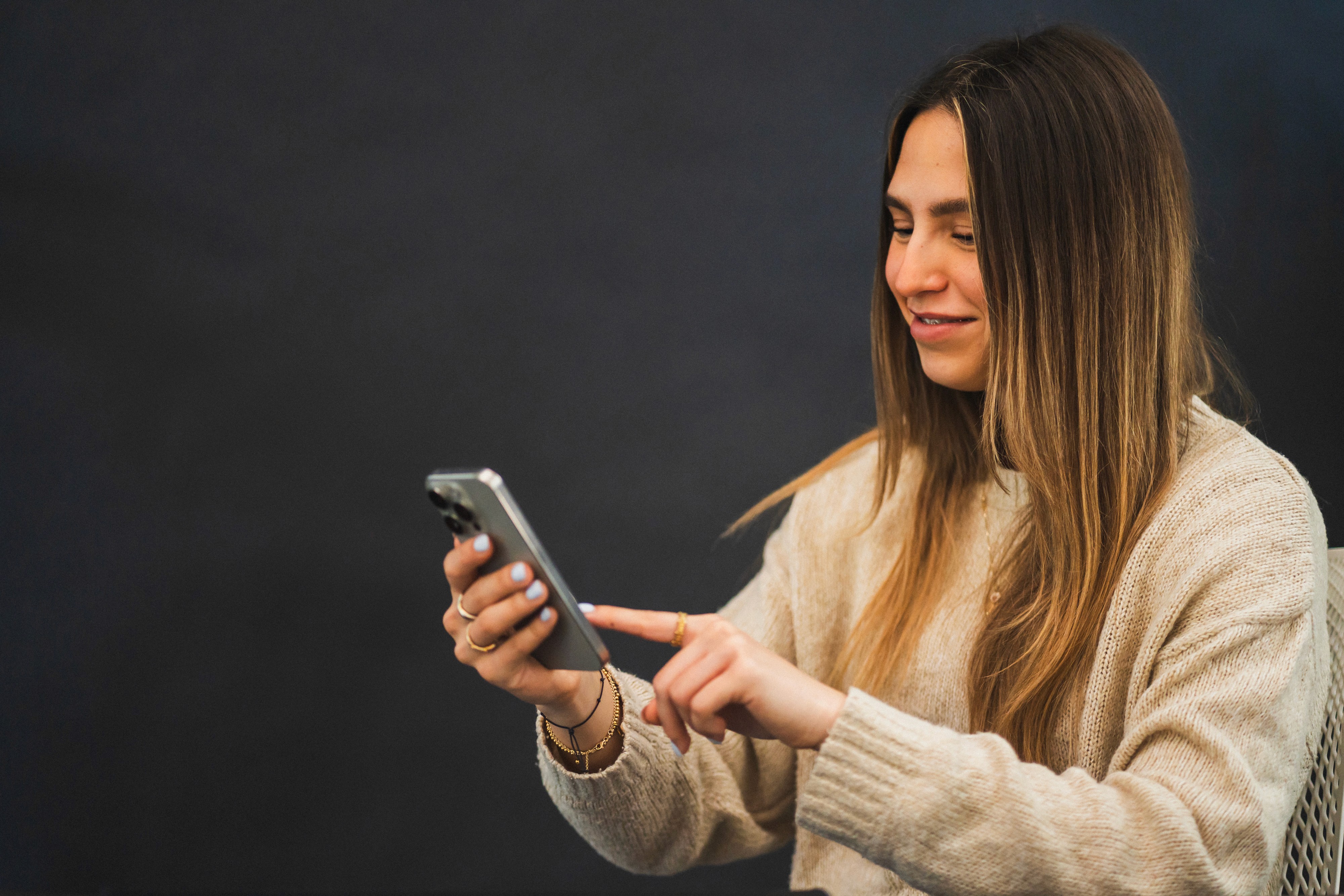

Tips & Tricks
Tips & Tricks
How to Extract Audio from Any Video on Your iPhone
How to Extract Audio from Any Video on Your iPhone
How to Extract Audio from Any Video on Your iPhone
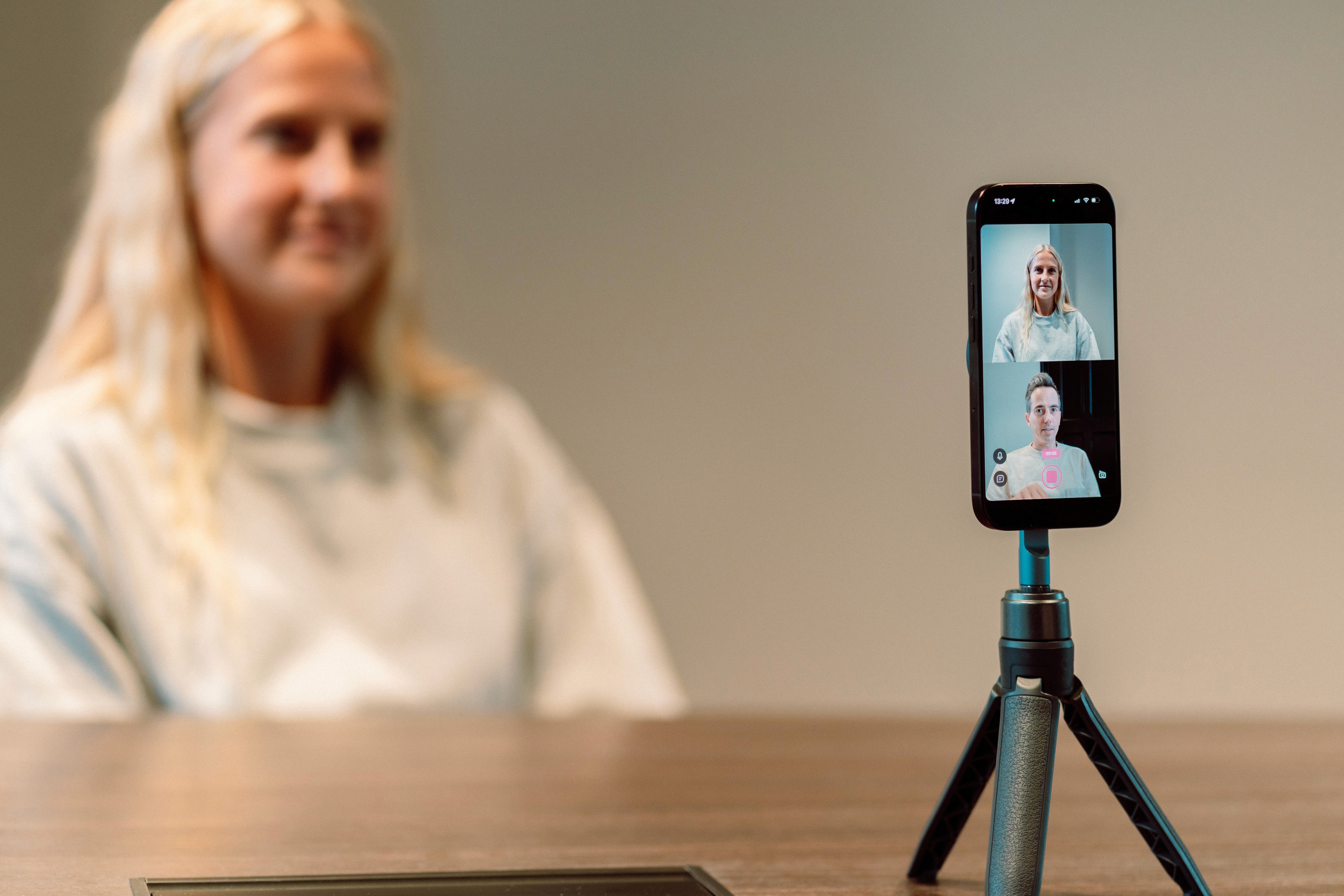

Tips & Tricks
Tips & Tricks
Record Two Angles for Video Podcasts with One iPhone
Record Two Angles for Video Podcasts with One iPhone
Record Two Angles for Video Podcasts with One iPhone
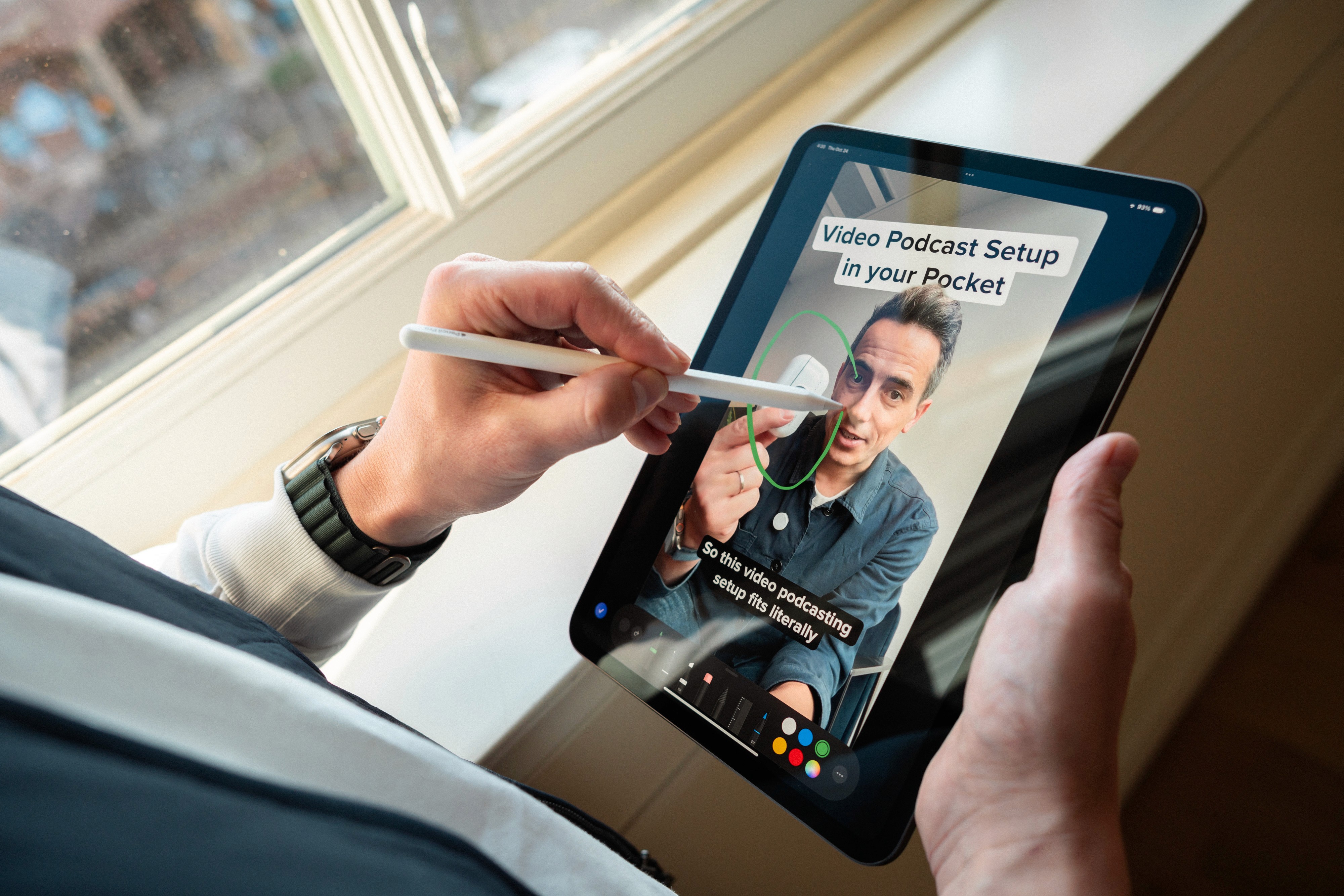

Tips & Tricks
Tips & Tricks
Draw on Videos on iPhone or iPad
Draw on Videos on iPhone or iPad
Draw on Videos on iPhone or iPad
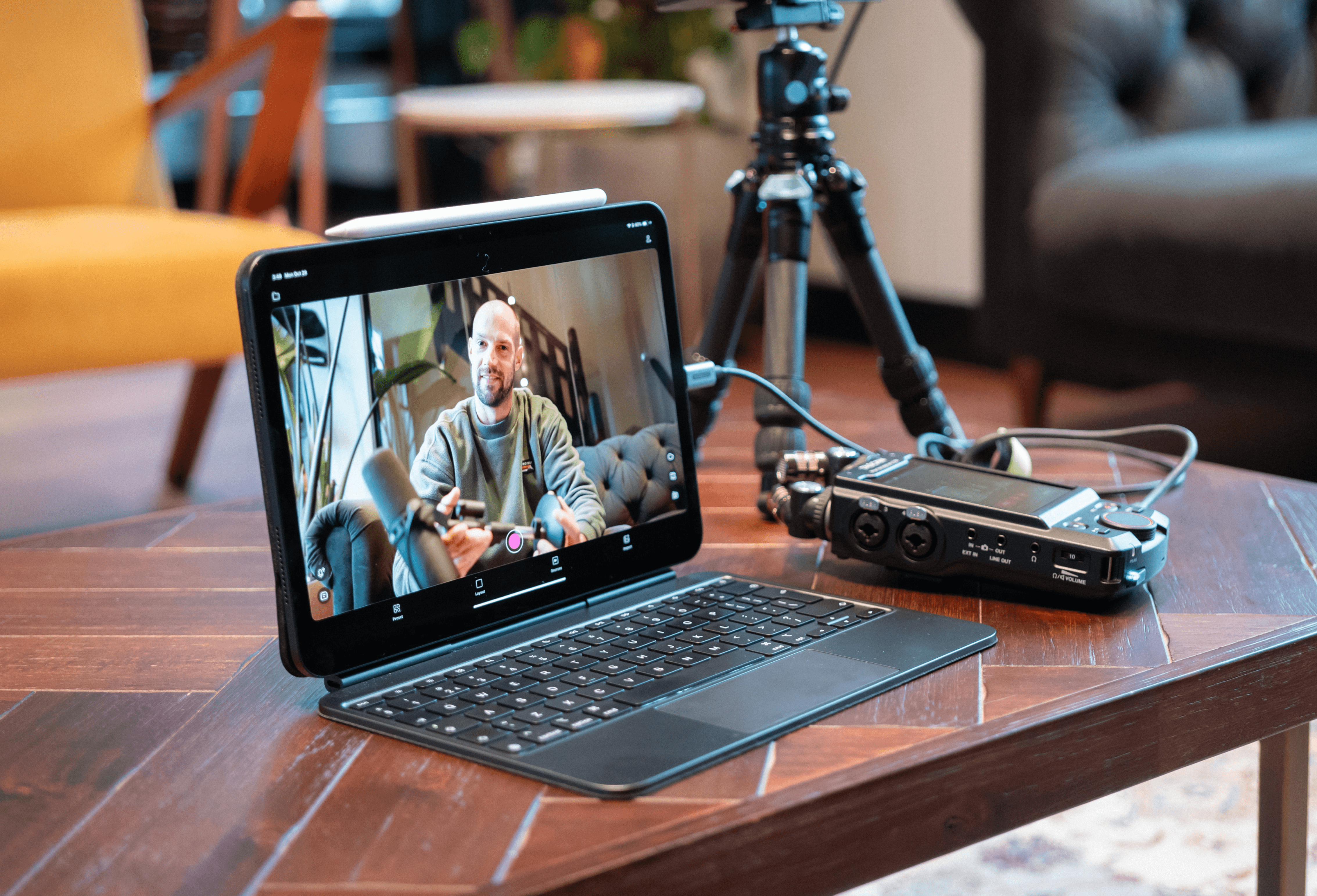

Tips & Tricks
Tips & Tricks
Use Your iPhone's Rear Camera and See Yourself on iPad
Use Your iPhone's Rear Camera and See Yourself on iPad
Use Your iPhone's Rear Camera and See Yourself on iPad
Sign up for news and resources
Unsubscribe at any time.
Support
© 2025 Detail Technologies B.V. All rights reserved
Sign up for news and resources
Unsubscribe at any time.
Support
© 2025 Detail Technologies B.V. All rights reserved
Sign up for news and resources
Unsubscribe at any time.
Support
© 2025 Detail Technologies B.V. All rights reserved


